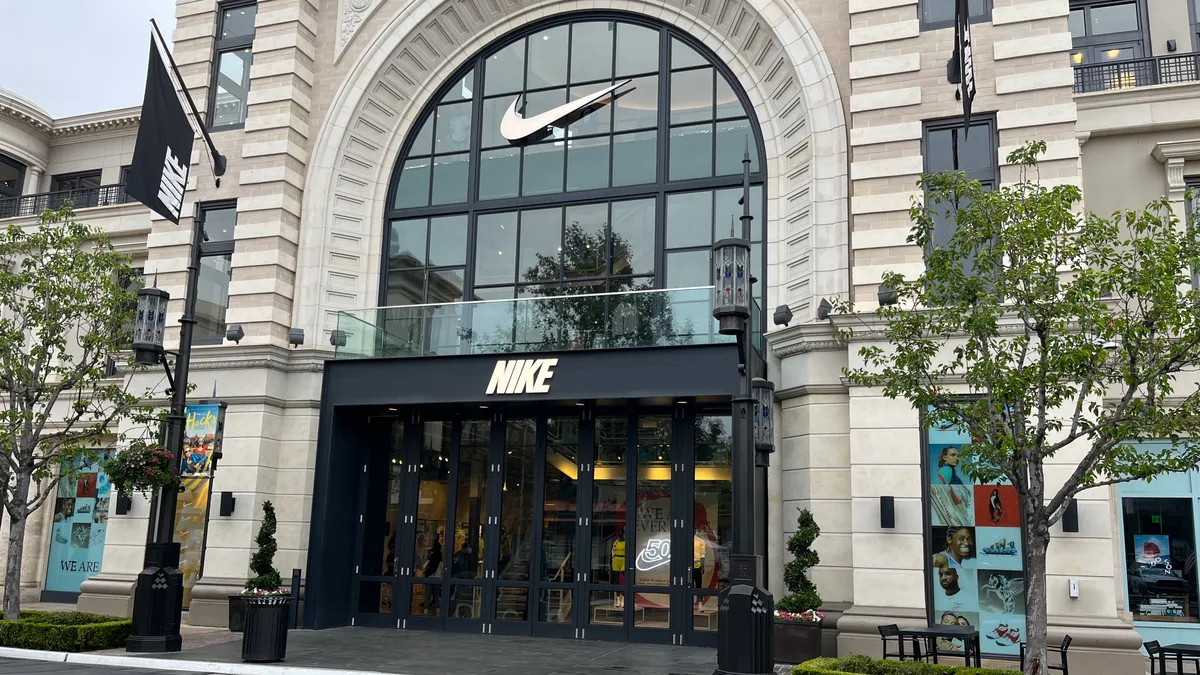Dive Brief:
- The direct-to-consumer business model, adopted and accelerated during the pandemic by a handful of big legacy brands, is showing no signs of slowing down anytime soon, according to a study of nearly 600 business leaders by Circuit.
- The study found that 85% of the business leaders it surveyed have already switched to a DTC model and over one in 10 (13%) plan to do so in 2023. Among the top benefits of a DTC model are better relationships and lifetime value with customers, the study found.
- Searches for DTC products were initiated over 242,000 times in 2022 and are expected to increase overall by 6% over the next year. The states most interested in DTC merchandise include New Hampshire, South Dakota, New Mexico, Oklahoma and Alaska. The most in-demand consumer products for DTC purchasing in 2023 include rugs, clothing and glasses.
Dive Insight:
The Circuit study found that the biggest reasons brands were switching to a DTC model included lowering expenses, cutting out the middleman and maintaining better control over their marketing.
Business owners felt that retailers carrying multiple brands would generally not pay as much attention to individual brands while trying to manage their overall business. By selling directly to consumers, businesses are better able to collect essential data that may help them retain and grow their customer base. The DTC model can also benefit the bottom line.
“DTC product margins are much greater than wholesale,” said Matt Powell, adviser with Spurwink River, a retail consultancy. “DTC gives brands complete control of how their products are shown, and it gives brands pricing control.”
The switch to DTC is not new but it appears to be rapidly increasing with small- to medium-sized brands, according to the study. Over the past few years, and especially during the pandemic, a number of high-profile brands have steadily increased their DTC business while at the same time dropping some long-standing retail accounts.
Going back to 2021, Nike dropped retailers like Macy’s, Urban Outfitters and DSW in favor of increasing its digital operation and opening smaller format stores like its Nike Live concept.
Other brands have followed suit: among them are Adidas, Under Armour and Levi’s. The San Francisco-based jeans brand over the past several years has greatly reduced its wholesale business in favor of company-owned stores and digital sales. Similarly, Adidas has said it aims for its DTC business to account for 50% of sales by 2025.
While still believing in the traditional model of manufacturing and selling through a third-party retailer, experts cite several reasons for brands to consider DTC for their businesses in both the short and long term. But there are also challenges to the model: The biggest hurdle for switching to DTC by smaller companies is delivery. Some 51% of small business respondents to the Circuit study said they struggled with managing order fulfillment.














